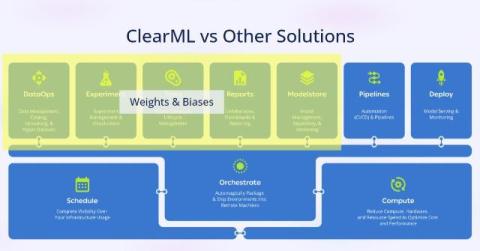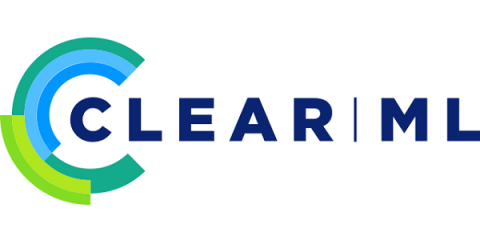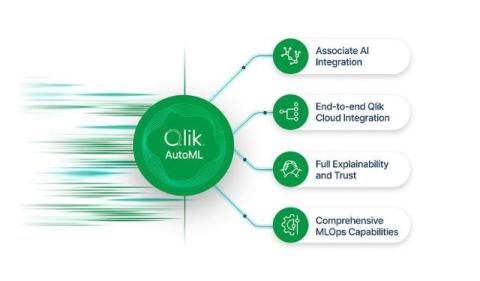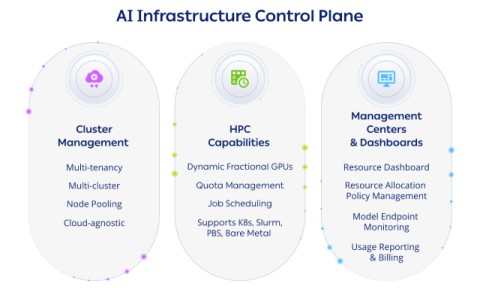The Impact of AI and Machine Learning In Quality Assurance
Some of the popular AI tools people and corporations are using now include ChatGPT, Google Gemini, and Microsoft Copilot. This has resulted in higher usage and adoption of this technology and this has caused some worry among people, particularly in terms of employment. However, for software testers, these changes should be seen as a chance to improve rather than a threat.









